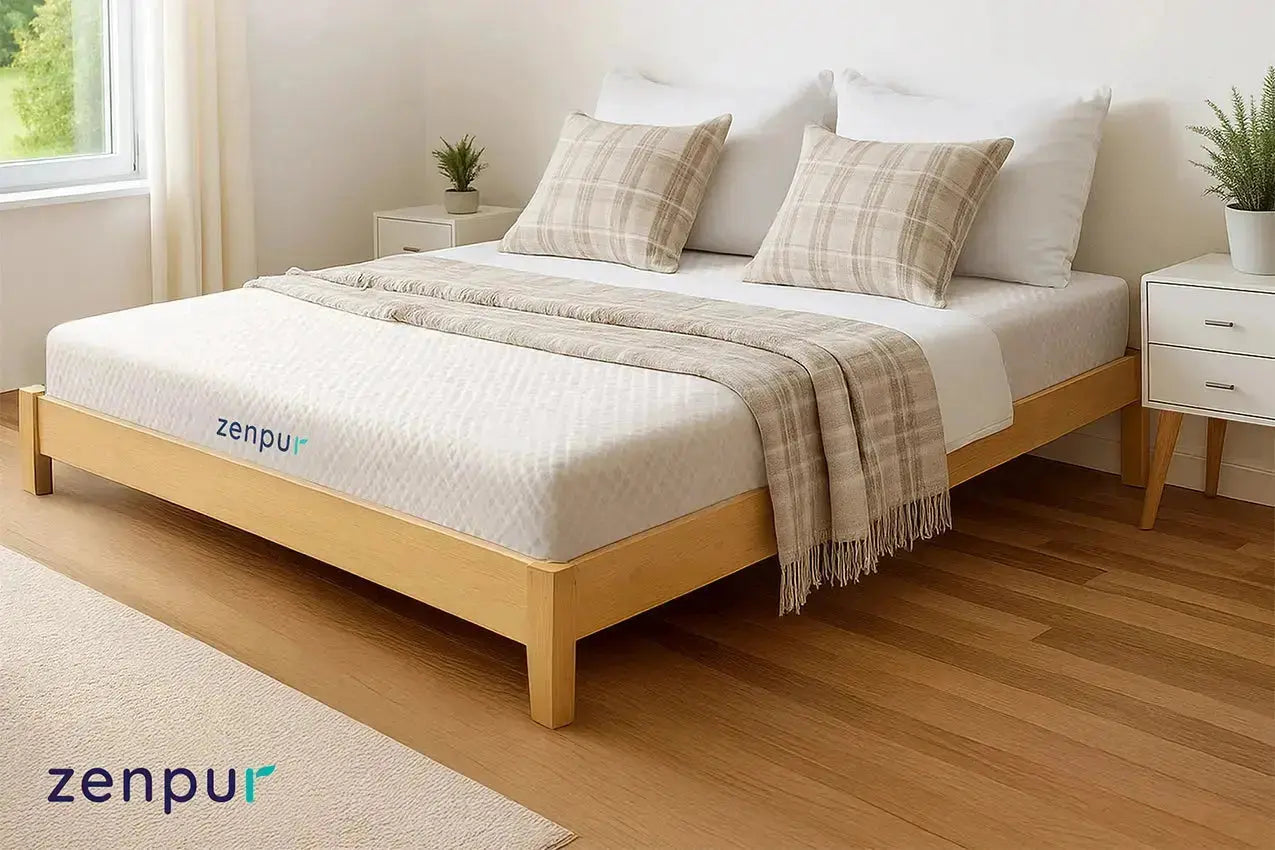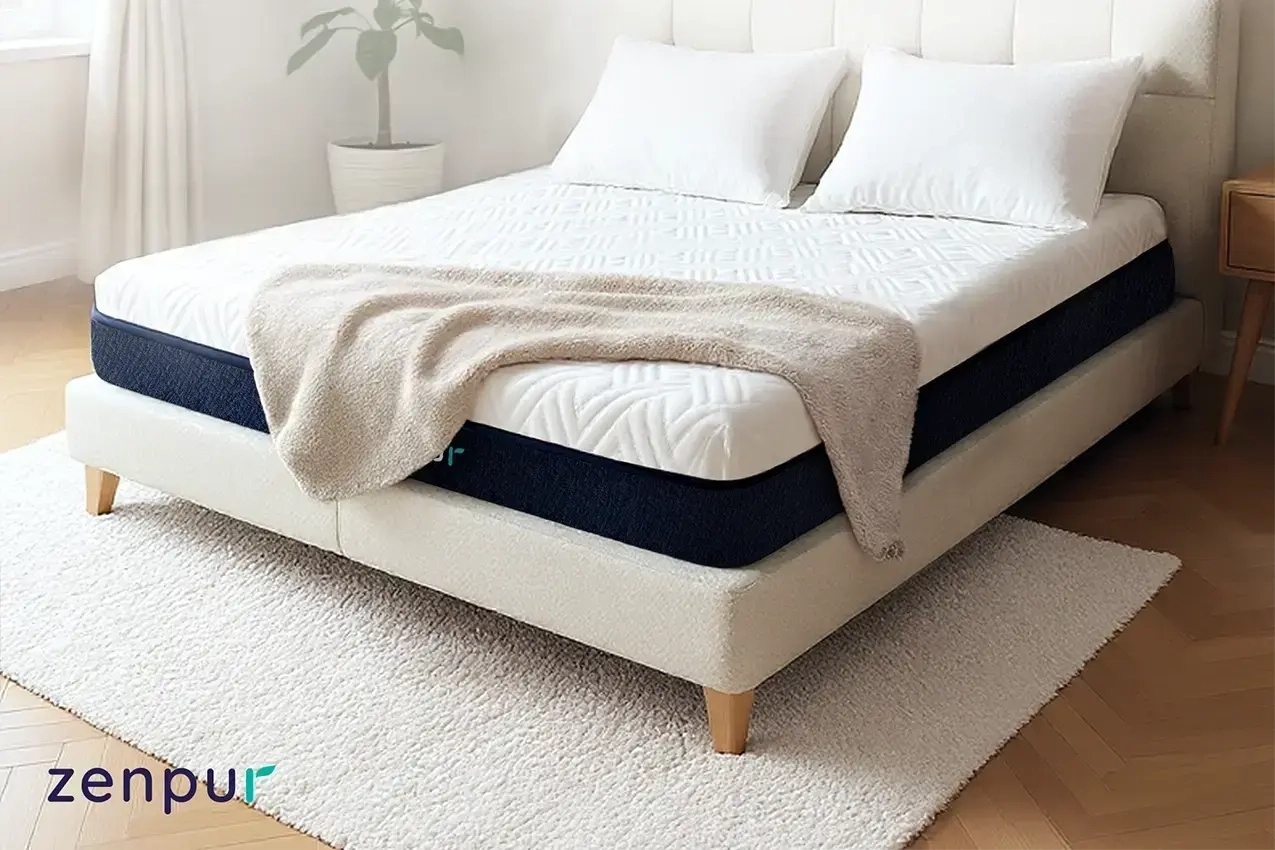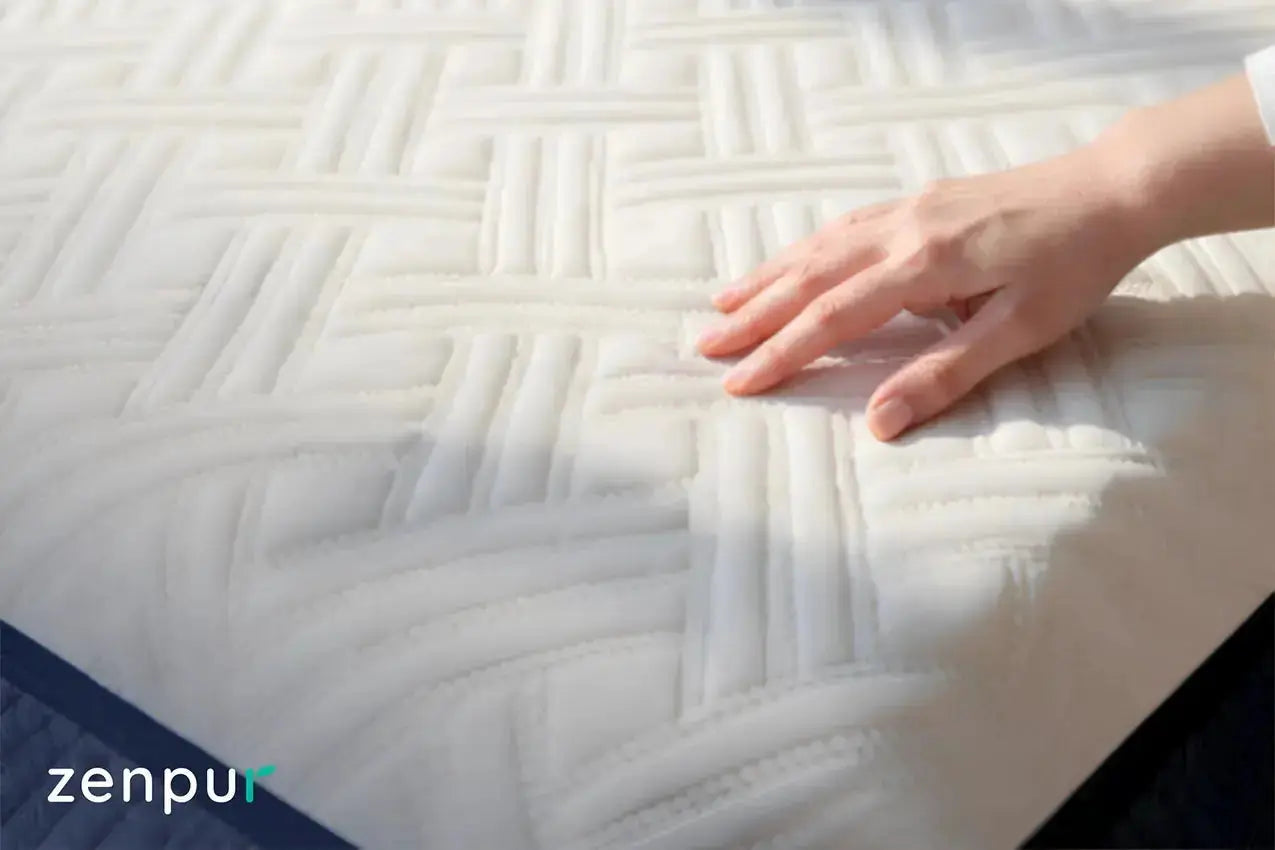
Lightweight or temperate duvet: how to choose according to your needs?
Choosing between a lightweight duvet and a temperate duvet depends on many personal and environmental factors. Understanding the differences between these two options will help you create the ideal sleeping environment all year round.
Understanding Duvet Warmth Ratings
A lightweight duvet typically weighs between 150 and 200g/m², making it ideal for temperatures above 22°C or for people who naturally feel warm at night. A temperate duvet, with its 250-300g/m², is suitable for mid-seasons and bedrooms maintained between 18 and 22°C. The ZenPur's innovative system makes it easy to switch between the two as needed, eliminating the dilemma of making a definitive choice.
The advantages of the lightweight duvet
The lightweight duvet excels during warmer months and in well-heated homes. Its low weight allows for excellent air circulation, preventing a stuffy feeling. The siliconized hollow fibers in the lightweight part (150g) of the ZenPur 4-season duvet provide just the right amount of warmth without excessive weight. This lightness also facilitates nighttime movement and is ideal for people who sweat easily.
The advantages of the temperate duvet
The temperate duvet is the ultimate all-rounder. With an average weight of around 250g, it's suitable for most sleepers throughout most of the year. Its denser structure provides a reassuring, enveloping feel while maintaining effective thermal regulation. The ZenPur's thermoregulating technology prevents excessive heat buildup, a common problem with traditional temperate duvets.
The modular solution: the best of both worlds
Why choose when you can have both? The 3-in-1 system revolutionizes the traditional approach. Use the lightweight duvet alone for summer nights, the temperate one for spring and autumn, then combine them to create a warm duvet (400g) for winter. Durable snap fasteners and differentiated stitching make it easy to change according to the seasons. This flexibility is particularly appreciated in regions with significant climatic variations or for couples with different thermal preferences.


















